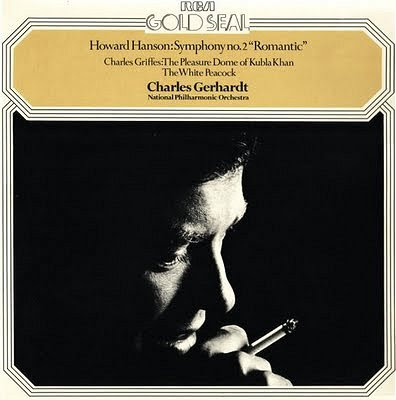Good news - classical music's audience is getting older
Widespread euphoria over Classic FM's recent announcement of a "huge increase in under-35 listeners" highlights a potentially fatal flaw in classical music's survival strategy. This flaw is the dogma that changing the demographic profile of audiences is key to the future of classical music. This widely accepted dogma was expressed succinctly by Independent journalist Fiona Sturges when she tweeted that "a large proportion of Radio 3's audience should hurry up and die". If we leave aside Ms Sturges' repellent ageism, we are left with the canard that classical music's ageing audience will dwindle by attrition, and that the only way for the art form to survive is to tap into a mythical high growth market of affluent young people.
Yes, it is true that the classical music audience is concentrated in middle and older age groups, with 42% in the age group 41 to 60 and 37% aged over 61. Industry dogma tells us that this older audience profile is a bad thing, and scarcely a week passes without yet another often ridiculous initiative targeting a young audience being acclaimed. This thinking need challenging, and demographic data makes such a challenge very easy. The UN 2015 report World Population Ageing spells out what is happening very clearly:
The world’s population is ageing: virtually every country in the world is experiencing growth in the number and proportion of older persons in their population. Population ageing — the increasing share of older persons in the population — is poised to become one of the most significant social transformations of the twenty-first century, with implications for nearly all sectors of society...So classical music has been agonising for years over the terrible problem of having its core audience in the fastest growing demographic market segment. As if that is not enough, enormous resources are being expended on replacing that valuable mature audience with fickle new young listeners, despite the same UN report warning that "the increasing proportions of aged persons have been accompanied, in most populations, by steady declines in the proportion of young persons". The statistics cannot be ignored: classical music markets are concentrated in high income countries, and the ageing process is most advanced in high-income countries. Germany, an important classical market, has the second most aged population in the world with 28 per cent aged 60+.
Another dangerous dogma is that the young market is affluent. In fact young people, unlike the senior cohort, are weighed down by mortgages and student loans. In Britain gross household incomes for the retired almost tripled between 1977 and 2016, but only doubled for working households. A recent Economist article reported that in America the over-50s will soon account for 70% of disposable income, and global spending by households headed by over-60s is forecast to double between 2010 and 2020. Over-60s travel is a booming business opportunity. In Britain older travellers are the largest spending group, with the most rapid growth in the 65-74 age group; this market segment has expanded beyond the traditional stereotypical cruises into adventure and cultural trips. And there is even something in the senior market for Slipped Disc: both Match.com and Snap Interactive released new dating products for the over-50s market.
When did you last hear of a classical music marketing initiative aimed at the growing senior market? When did you last read a euphoric press release proclaiming a growth in the over-60s audience? Of course solely targeting the mature audience is just as myopic as solely targeting the young audience. We needs a classical audience with a balanced mix of ages*. But demographic trends cannot be ignored and the fashionable dogma of young good, old bad is both ridiculous and damaging. By pursuing a do or die strategy of attracting a younger audience classical music is sacrificing two birds in the hand in a dubious pursuit of one in the bush.
* It is yet another irony that in its obsessive search for the holy grail of a young audience the classical marketeers have ignored the one market with a young demographic offering tantalising potential. As a recent Overgrown Path post explained two-thirds of Muslims are under the age of 30, and of 11 countries forecast to join the elite club of economic superpowers this century, six have a dominant Muslim majority and two substantial Muslim minorities. Yet despite this, Western classical incursions into the Muslim market have been limited with just a few exceptions to pious East meets West projects and lucrative tours to ethically-challenged oil-rich sheikdoms. But there are some notable exceptions: one example is the French conductor Olivier Holt's work with the l'Orchestre Philharmonique du Maroc which I have been privileged to experience first hand several times. But when spin is king, Mozart in Essaouira is no media match for yet another - how many more can there be? - classical night club.
Also on Facebook and Twitter. Any copyrighted material is included as "fair use" for critical analysis only, and will be removed at the request of copyright owner(s).










Comments